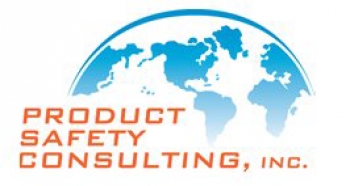The United States Department of Energy Lawrence Berkeley National Laboratory recently turned a 40,000 square foot office building in New York into a very large research project. The office was outfitted with multiple different devices connected to the Internet of Things (IoT), which allowed the office to effectively, and efficiently, control itself.
Some of the devices they used to reduce energy comsumption included automated shades and automatic lights. The office building could move the shades dynamically allowing additional light to come into the office. When more light came in through the windows, the lights by the windows compensated for the additional light, by dimming themselves. If too much light was coming through the windows, and it was causing potential glare, an annoyance to those working in the office, the shades deploy themselves. This in turn would brighten the lights near the windows. The lights could also turn themselves on to prevent themselves from wasting power when nobody was around.

The office also used a smart HVAC system, however, the system was not retrofitted to be as capable as modern systems, due to the cost associated with retrofitting the entire building's HVAC. The reserchers did estimate that a smart HVAC system up to modern standards would save the building $730,000 per year, a sizable chunk of change.
The benefits of the IoT are quite clear, as this office space reduced its electricity usage by a whopping 79% simply by switching to lights controlled by a computer. Yet, as of now the IoT is still in its infancy. There are many more innovative practices, and increases in efficiency still to come. Regardless of which standards are applicable to your product, let Product Safety Consulting be "Your Outsourced Compliance Department".






